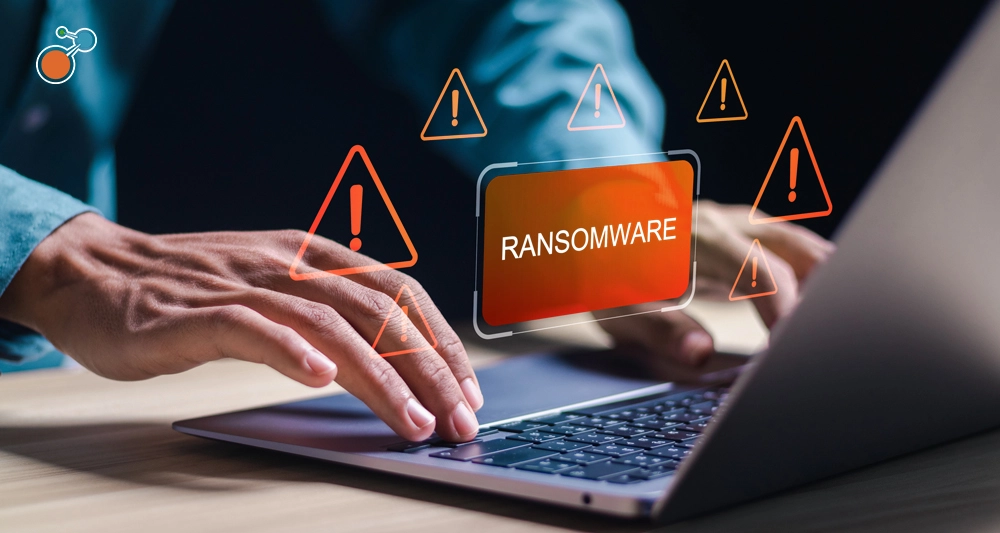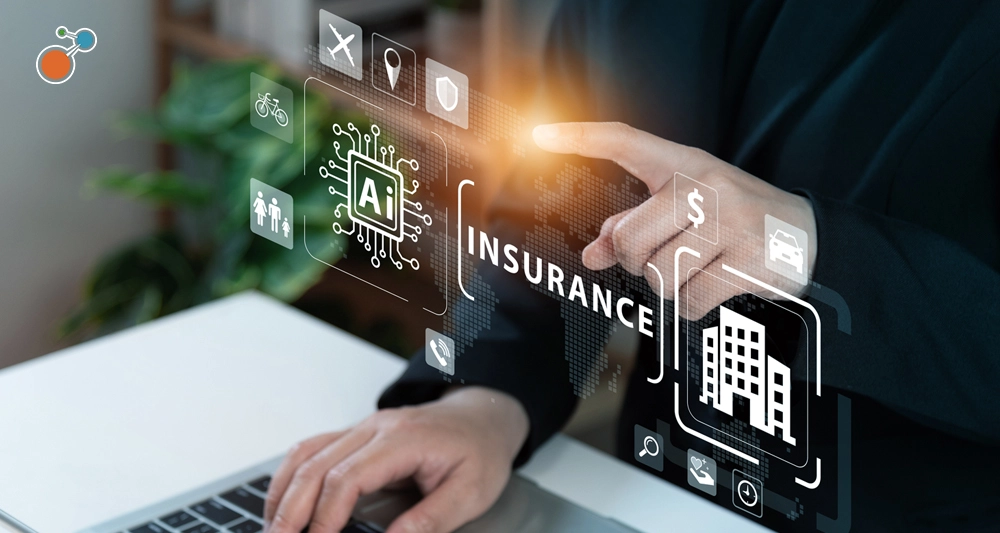The acronym RMIS stands for Risk Management Information System in English and Système d’Information de Gestion du Risque (SIGR) in French. Although it has been used for over 30 years (according to Wikipedia, the first RMIS dates back to 1982), this name is not entirely appropriate. Because a RMIS is more than a risk management and analysis system.
Historically, the area of application was originally and remains insurance and claims management in the company. And this is where the “charm” of SIGR lies : in fact, it brings together under one roof both the disciplines of “Risk Management” and “Corporate Insurance Management” which are often separated from each other. in matters of organization. This is why we should instead use the acronym RIMIS: Risk & Insurance Management Information System – and this not only to make it easier to pronounce.
To simplify, we submit to the majority by subsequently using the common expression of RMIS.
On Wikipedia the scope of use of an RMIS is well described and defined as follows:
A risk management information system (RMIS) is an information system that assists in consolidating property values, claims, policy, and exposure information and providing the tracking and management reporting capabilities to enable the user to monitor and control the overall cost of risk management. ”
The RMIS is thus a data management solution, assisting Corporate Risk & Insurance Services in their task, by providing them with a good structure for entering, managing and evaluating data risk, insurance and others.
New ideas to face new challenges
That’s it for the definition. Now let’s take a step back and take a closer look at your role as Corporate Risk & Insurance Manager in the company.
In fact, your task is to optimize the risk costs of “your” company, e.g.
- disaster control costs (e.g. investments in fire protection and security),
- risk financing costs (e.g. premiums and levies for insurance),
- costs of own care (e.g. for uninsured losses or those covered by the victim)
- as well as the costs of risk management and insurance itself.
Lots of areas for you and your team to optimize. And if you also have responsibility for enterprise-level risk management (ERM), various tasks such as risk identification, capture, analysis, evaluation, management and monitoring come into play. ‘add to it.
A daunting task, considering the growing challenges you (and potentially your team) face at the start of our 21st century : more data, more cost pressures, new risks, increased compliance and reporting requirements of reports. And above all, less time to react.
Blindly managing risk & insurance
To achieve a measurable contribution to the success of your business through risk cost optimization, you need current, complete and reliable data, as well as evaluations and reports. These are the foundations required for understandable decisions based on facts.
But in reality, it still happens like this: You and your team are largely busy collecting, cleaning and administering claims, contract and risk data from internal and external sources the most diverse (e.g. brokers, insurers). Total chaos mixing Excel tables, papers and processes! Consequences of this lack of transparency: impulsive decisions and unnecessarily high costs (e.g. administration, claims, premiums). You don’t proactively ‘manage’, you just ‘administer’ what already exists.
A RMIS like “Single Point of Truth”
This is where the idea of an absolutely reliable centralized database like “Single Point of Truth” (SPOT) comes in, access to which is guaranteed for all internal company personnel involved in risk and insurance processes as well as external service providers (brokers, insurers), for data entry, processing and evaluation. The primary goal of the RMIS is therefore to put an end to the “Excel jungle” that has gradually developed (or any other “tinkering with solutions”). Additionally, it must automate administrative tasks, improve communication between everyone involved, and create the transparency needed to improve decision-making.
A modern, web-based RMIS is thus the first stone in the building, aiming at verifiable data management, more efficient processes and allowing you to get a more detailed idea of the current situation of your company regarding risks, insurance and disasters. Additionally, with RMIS you no longer depend on your service providers because you decide who works with the system, what data is captured and what assessments you need.
Conclusion
RMIS allows you to reclaim the time you need to accomplish your most important tasks: risk and insurance MANAGEMENT at the enterprise level.





